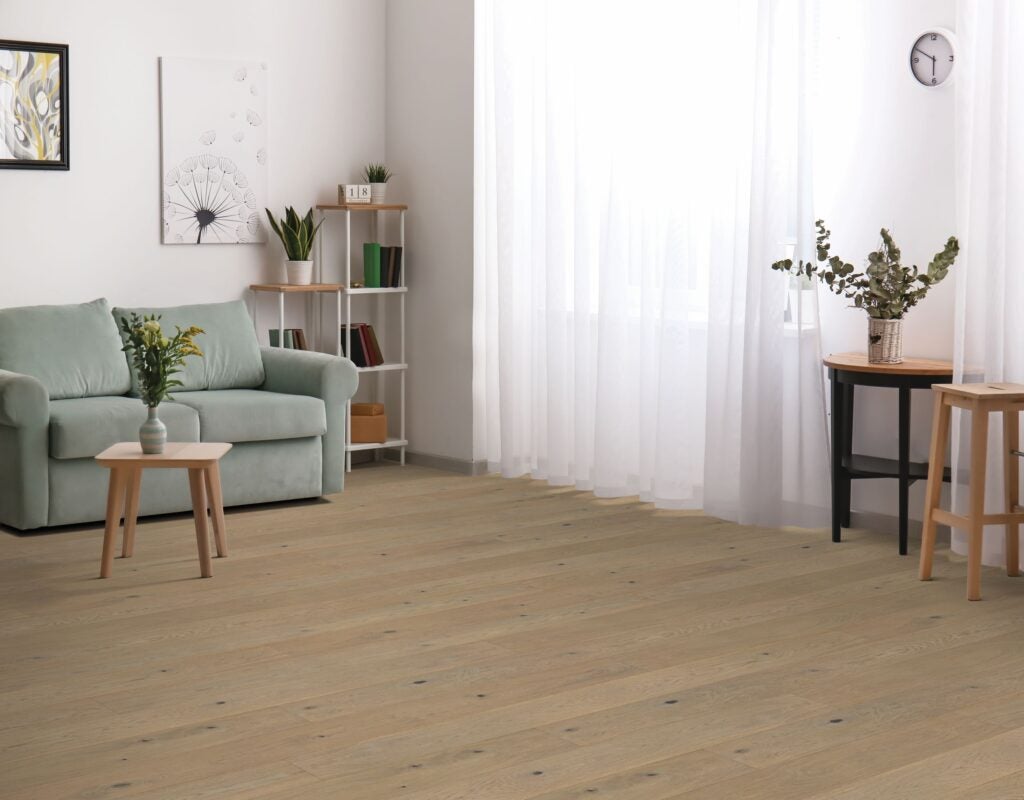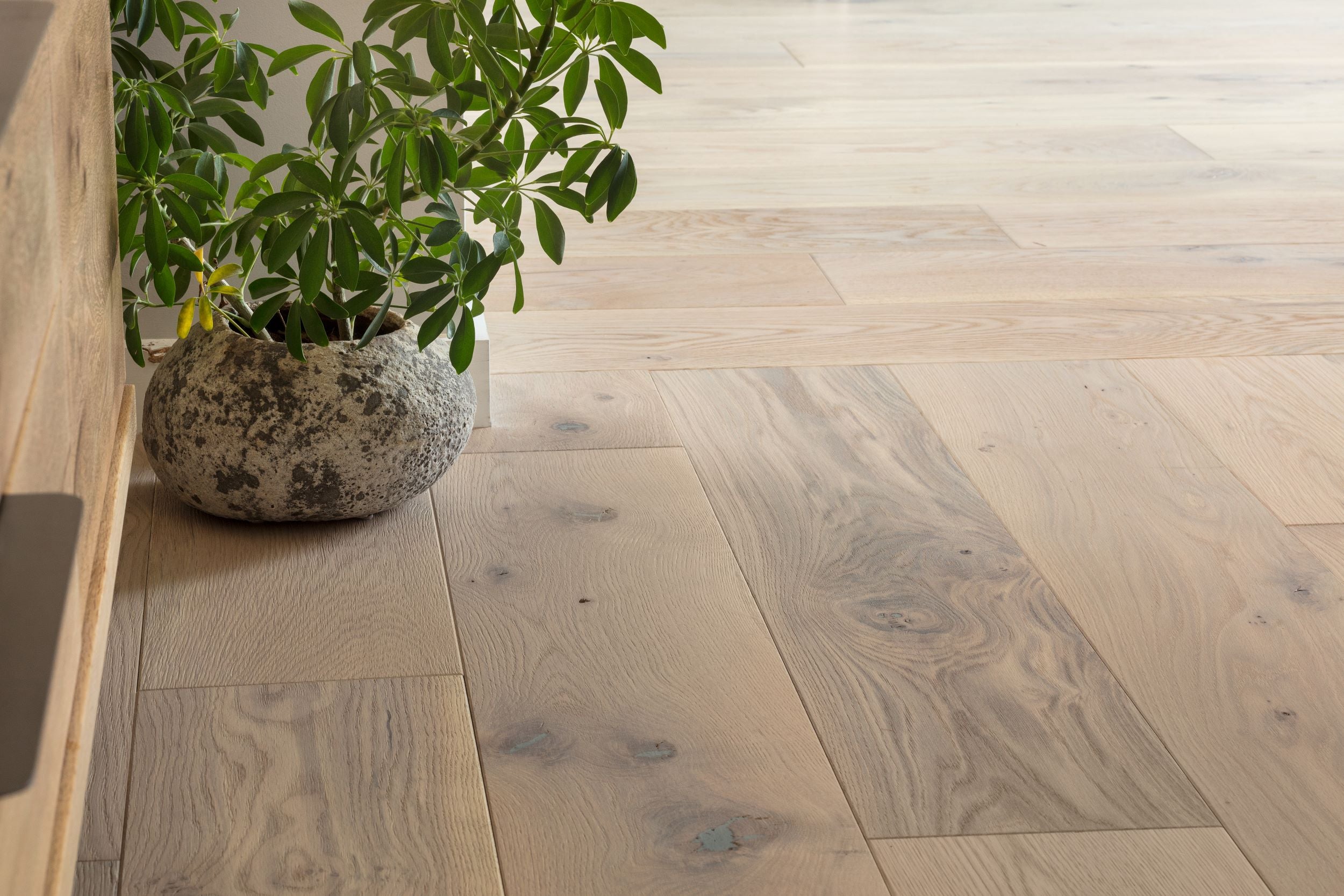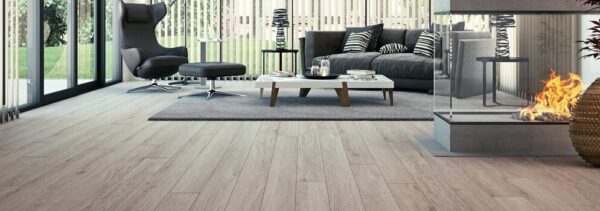Hardwood floors bring timeless beauty, warmth, and character to any home. However, as years go by, they may start to show signs of wear, leaving homeowners with a crucial decision: should you refinish your existing hardwood floors or replace them entirely?
The right choice depends on several factors, including the condition of your floors, your budget, and your long-term goals. Let’s break it down.

When to Refinish Your Hardwood Floors
Refinishing hardwood floors is a cost-effective way to restore their original beauty without the need for a full replacement. Here are some scenarios where refinishing makes the most sense:
1. Surface-Level Wear and Tear If your floors have minor scratches, scuffs, or dullness but are otherwise in good condition, refinishing can bring them back to life. Sanding and applying a fresh coat of stain and sealant can remove imperfections and restore their shine.
2. You Want to Change the Look Refinishing allows you to update the colour and finish of your floors. Whether you prefer a trendy light wood tone or a rich, dark stain, refinishing gives you the flexibility to match your evolving style.
3. The Wood is Structurally Sound If your hardwood planks are still intact with no deep cracks, warping, or loose boards, refinishing is a practical option. Solid hardwood can typically be refinished multiple times throughout its lifespan.
4. You’re Looking for a Budget-Friendly Solution Refinishing costs significantly less than replacing hardwood floors. If you want to refresh your space without a major investment, refinishing is the way to go.
When to Replace Your Hardwood Floors
In some cases, refinishing won’t be enough to restore the integrity and appearance of your hardwood floors. Here’s when replacement might be the better choice:
1. Extensive Damage If your floors have deep scratches, water damage, or structural issues such as warping and splitting, refinishing won’t fix these problems. Replacement is necessary to ensure durability and a flawless finish.
2. Multiple Refinishing Attempts Solid hardwood can only be sanded down a limited number of times before it becomes too thin to refinish again. If your floors have been refinished several times over the years, it may be time to invest in new flooring.
3. You Want a Different Flooring Type If you’re ready for a completely new look and want to switch to engineered hardwood, luxury vinyl plank, or another type of flooring, replacement is the only option.
4. Subfloor Issues If your subfloor is uneven, creaky, or damaged, replacing your hardwood floors gives you an opportunity to fix the underlying problems and create a stable foundation for your new flooring.
Making the Right Choice

Deciding between refinishing and replacing your hardwood floors comes down to the level of damage, your aesthetic preferences, and your budget. If your floors are still in good condition, refinishing is an affordable way to refresh your space. However, if there are structural issues or you’re looking for a completely new style, replacement is the better investment.
Still unsure? Consult a Nufloors professional to assess your floors and recommend the best option for your home. No matter what you choose, a well-maintained hardwood floor will continue to add beauty and value to your space for years to come.




